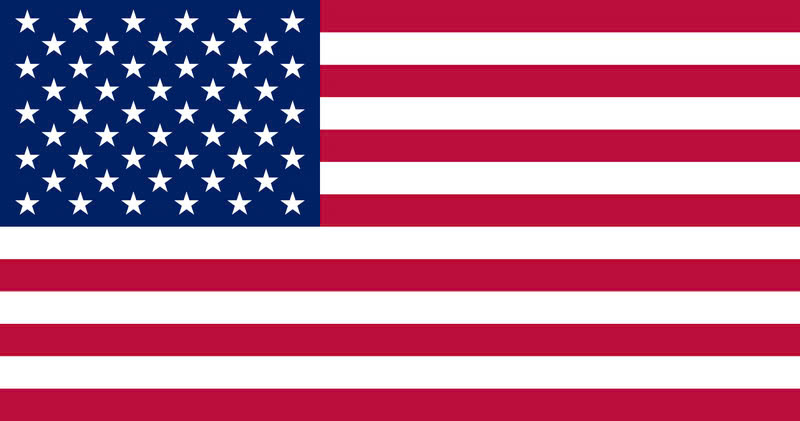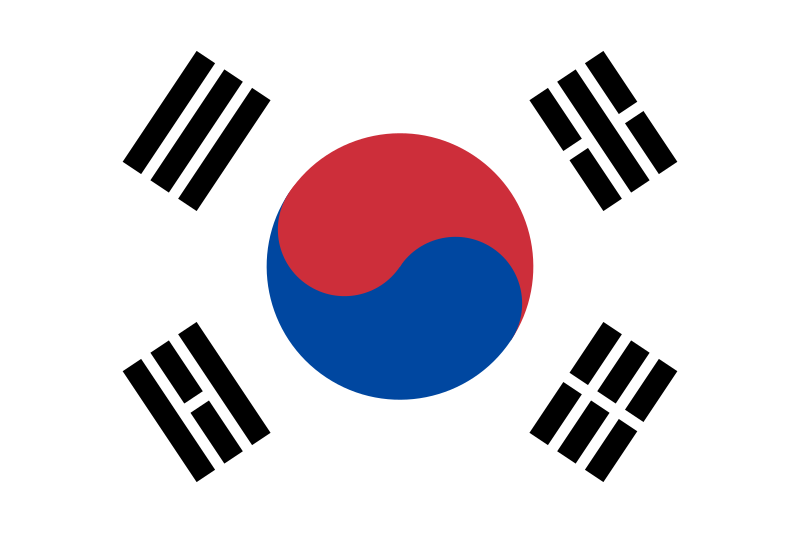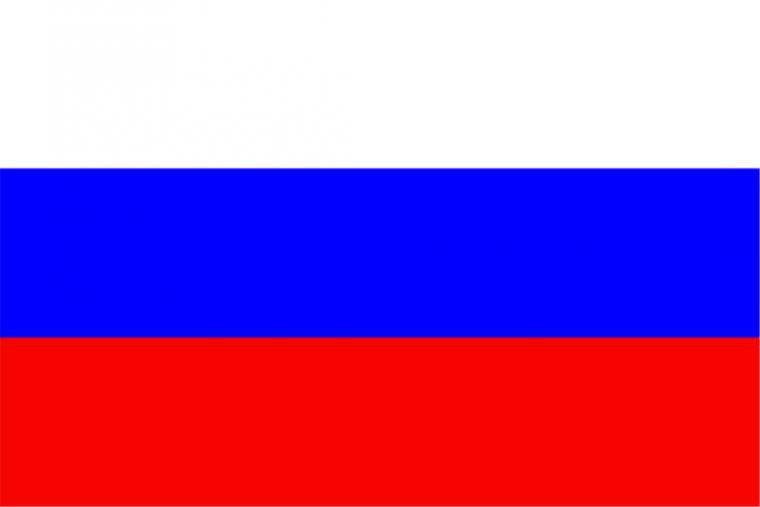Ha Long Bay Meaning: The Myth of the Descending Dragon
Ha Long Bay stands as one of Vietnam's most stunning natural treasures, drawing millions of visitors each year to witness its emerald waters and towering limestone islands. But many travelers wonder: What does Ha Long Bay mean? The answer reveals a beautiful tale that makes this UNESCO World Heritage Site even more special.
1. The Simple Answer: Descending Dragon
Ha Long means "Descending Dragon" in Vietnamese. This simple translation tells the story of one of Vietnam's most cherished legends and explains why this magical place captures the hearts of everyone who visits.
According to Sino-Vietnamese (an old form of Vietnamese using words borrowed from Chinese), "Ha" means descending and "Long" means dragon. Together, these two words create a name that perfectly captures the mystical beauty of this incredible bay.
More Than Just a Name:
Ha Long Bay is a UNESCO World Heritage Site, and one of the first questions people often ask is, where is Ha Long Bay located? It's nestled in northern Vietnam, boasting a stunning landscape of limestone karsts rising from emerald waters, making it one of Southeast Asia's most spectacular natural wonders.

"Ha Long Bay" means "Descending Dragon Bay" – a name rooted in ancient Vietnamese legends. - Imagine source: Pexels
2. The Legend Behind the Name
When people ask what does Ha Long Bay mean, they're really asking about one of Vietnam's most beloved stories. The name of Ha Long Bay meaning is also linked to a Vietnamese legend, which tells the story of dragons descending from the heavens to help Vietnamese people fight foreign invaders and protect their homeland.
Long ago, when Vietnam was still a young country, enemies from the north tried to invade by sea. The Jade Emperor, the ruler at that time, called the Gods to assist in defeating the enemy. The gods from the heavens watched on before sending the Mother Dragon and her children to help the ancient Vietnamese people to defend their homeland.
The dragons came down from heaven and spit out jewels and jade into the sea. These precious stones formed thousands of limestone islands that created a natural barrier, protecting Vietnam from the invaders. The enemy ships crashed into these islands, and Vietnam was saved.
After winning the battle, the dragons made Ha Long Bay their home. The place where the mother dragon descended was named Ha Long, which translates to "Descending Dragon." The spot where the dragon's children cared for their mother became Bai Tu Long Island.

More than just a name, Ha Long Bay carries a legend of dragons and nature’s wonders, making it a true gem of Vietnam. - Imagine source: Pexels
To commemorate the intervention of the Mother Dragon and her children, Vietnamese people named the bay: "Hạ Long" and the area where her children landed, "Bái Tử Long"; the latter meaning "Bowing down and showing respect to the dragon's children".
3. More Than Just a Name
Understanding what does Ha Long Bay mean helps visitors appreciate this wonder on a deeper level. The name isn't just about geography – it represents the Vietnamese people's connection to their land, their respect for nature, and their belief in the power of legends to explain the world around them.
The name Halong first appeared in French nautical map in late XIX century. Before the 19th century, this name was not recorded in ancient Vietnamese documents. The bay was known by names such as Giao Chau, Luc Thuy, An Bang, An Quang, Hai Dong, Hoa Phong, Nghieu Phong, and more.
This shows how the name "Ha Long" became the way people remember this special place, connecting the modern world with ancient stories and beliefs.

Ha Long Bay is a UNESCO World Heritage Site with breathtaking limestone formations. - Imagine source: Pexels
4. The Physical Wonder That Matches the Legend
When visitors see Ha Long Bay for the first time, they understand why the legend of the descending dragon makes perfect sense. The bay features thousands of limestone karsts and islets in various shapes and sizes. These lush emerald and turquoise waters harbor more than a thousand small islands.
Stretching over an area of approximately 1,553 square kilometers (600 square miles), Ha Long Bay features around 1,600 limestone islands and islets. Limestone mountains that rise steeply from the waters off Northern Vietnam feature distinctive geologic formations, verdant forests, and extreme biodiversity.
The islands really do look like jewels scattered across the water, just as the legend describes. More than 1,600 islands pierce the emerald-green water, creating a landscape that seems almost too beautiful to be real.

Discover the meaning of Ha Long Bay – a place where myths, history, and nature blend into an unforgettable experience. - Imagine source: Pexels
5. A Geological Marvel
What does Ha Long Bay mean from a scientific perspective? The bay represents millions of years of natural history. The Halong Bay limestone karsts are the result of over 500 million years of geological evolution, shaped by complex processes involving tectonic shifts, sea level changes, and weathering.
Millions of years ago, the area was submerged under a vast, shallow sea. Over time, the sea level changed, and the limestone was carved by wind and water into the amazing shapes visitors see today.
This scientific explanation doesn't take away from the legend – instead, it makes the story even more amazing. Nature really did create something magical here, something so special that people needed a dragon story to explain it.
6. Cultural Significance
Understanding what does Ha Long Bay mean also means understanding its place in Vietnamese culture. Dragons are very important in Vietnamese tradition. They represent power, strength, and good luck. They're also connected to water, which makes perfect sense for a bay.
In Vietnam, we have another place called ascending dragon. And guess what?, this is also a famous attraction within the country – Hanoi capital. Hanoi carried the name Thang Long. This shows how dragons are woven into Vietnam's identity, from its capital city to its most famous natural wonder.

Understanding what does Ha Long Bay mean also means understanding its place in Vietnamese culture - Image Source: Collected
The name Ha Long Bay connects visitors to thousands of years of Vietnamese culture and storytelling. It reminds people that this isn't just a pretty place to take photos – it's a sacred space with deep meaning for the Vietnamese people.
7. Planning Your Visit to Ha Long Bay
Knowing what does Ha Long Bay mean can help travelers plan a more meaningful visit. The best way to experience the bay is on a cruise, where visitors can truly appreciate the scale and beauty of the limestone islands. Most cruises last one to three days and include visits to caves, kayaking opportunities, and time to simply enjoy the stunning scenery.
Visitors should also take time to learn more about Vietnamese culture and legends. Many local guides are happy to share stories about the dragons and other tales connected to the bay. This makes the experience much richer than just sightseeing.
The best time to visit is during spring (March to May) or autumn (September to November) when the weather is pleasant and the views are clear. However, Ha Long Bay is beautiful year-round, and each season offers something special.
Conclusion
So what does Ha Long Bay mean? It means "Descending Dragon," but it also means so much more. It represents the power of nature to create beauty beyond imagination. It shows how legends can help people understand and connect with the world around them. It demonstrates the deep cultural heritage of Vietnam and the importance of protecting natural wonders for future generations.
For travelers, Ha Long Bay means the chance to experience something truly magical. It's a place where ancient legends come alive, where nature's artistry is on full display, and where every visitor can feel connected to something larger than themselves.
So, what does Ha Long Bay means? More than just a name, it represents a place where myth and nature intertwine. Rooted in ancient legends of dragons descending to protect the land, Ha Long Bay is a symbol of strength, mystery and breathtaking beauty. Let the legends guide your journey and uncover the wonders of this UNESCO World Heritage Site!
|
Joytime Travel Agency - Travel JOY, TIMEless Vietnam Follow us for travel tips, local insights, and exclusive offers:
|

Danish Nguyen
Danish Nguyen is a renowned travel blogger in Vietnam with over 5 years of experience sharing unique travel experiences. With a passion for exploring new places, Danish captures incredible moments and provides readers with valuable tips to discover the beauty of his homeland.


















